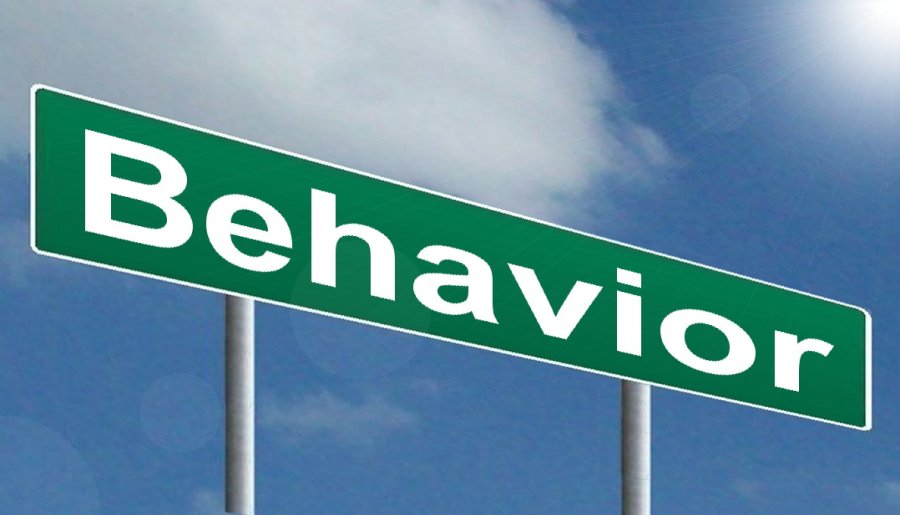What is behavior?
Behavior is exhibited by everyone and that includes teachers and students! Anything that we say or do is a behavior. All behavior is a form of communication. Students use behavior to try and tell us how they feel. Behavior has four functions and they are sensory, escape, attention, and tangibles. These four functions are usually abbreviated as the term S.E.A.T. We will encounter both good and bad behaviors in our classroom, so how can we identify which behavior is occurring? Further along this post, I will briefly describe the four functions of behavior.
What are the four main functions of behavior?
Sensory
This has to do with certain behaviors that feel good for the child. This sensory behavior can occur with anything that feels good, taste good, smells good, or looks good to them. The behavior can occur at anytime during the day and even when the child is alone. This behavior especially occurs when they are feeling anxious. This is the child in your classroom that chews on the back of their pencil because it makes them feel good.
Escape
This behavior is a very common one in many of our classroom. If we give students a task to complete and they do not want to do this activity. They will try to remove themselves or that activity away. Often times we may not realize it but this happens when the activity or task is too easy, hard, boring, or scary for that child. So as a result, the child tries to avoid or escape the activity or assignment. The child might walk away from their desk ignoring an un-preferred task to engage in a task that they prefer to do.
Attention
This behavior happens when children are seeking the attention of peers or an adult. This behavior can appear as either positive or negative attention seeking behavior. This happens because the child wants to interact socially with that person. For example, mom is speaking to you (the teacher) and the child starts trying to get their mother's attention. The child might start calling her non-stop or might even throw an item or toy across the room. The child is trying anything to get the mother's attention.
Tangibles
This behavior happens when the child wants something specific. It might be a specific toy, iPad or a preferred activity. So in order to have their way, they will misbehave in hopes of getting what they want. This child may complain, cry, and/or refuse to complete an assignment because they prefer to play on the iPad. They're hoping that they're complaining and/or crying will cause you to give them the iPad.
The video that I have added below will give you more insight on the four functions of behavior.
What is reinforcement?
A reinforcement is something that increases the likelihood that a behavior will continue. A reinforcement can increase a wanted or unwanted behavior. So this means that there are negative and positive reinforcements. Positive reinforcements can be verbal praises, stickers, treasure box and things of that sort. These are things that we give to the student after they have displayed the wanted or expected behavior. Those kinds of reinforcements can potentially encourage that one student to continue to behave and may even motivate the others to do the same. A negative reinforcement can also cause a behavior to reoccur in the future. Let's say for example, you have a student that has 15 minutes to play with a toy from home during their free choice time. Once the 15 minutes is over, we remove the toy from that child and they throw a tantrum. Despite the child having another tantrum, we still don't give them the toy back. So it is likely that this behavior will occur again. Taking away the toy has increased the tantrums, making this a negative reinforcement.
Assistive Technology that Supports Behavior
- Boardmaker
Boardmaker is a great website for creating a visual schedule for your classroom. Visual schedules help students know exactly what is going to happen next in their day. This alone helps reduce unwanted behaviors. The Boardmaker website has a lot to offer but creating a visual schedule for your classroom is one of those things they offer. In the video below, you'll see a simple tutorial on how these picture cards for your visual schedule can be made on Boardmaker.
- Pictello
With Pictello teachers can create social stories for students. This resource has text-to-speech with word highlighting and word predictions. You can also import pictures and video from your device to create your social stories. These stories can help students to know what behaviors is expected throughout the day. I have added a link at the bottom of this blog post that will take you straight to their website.
- iPrompt
This app is used to create a visual schedule on any Apple device. You are able to create full schedules for the entire day and also make "first and then" prompts for a specific task. This helps the child to know what needs to be done first and then what will follow. The "first and then" prompts are a great guide for students. This is a great way to minimize unwanted behaviors. The app also allows you to upload pictures from your phone to add to your schedule.
Resources
iPrompts
Pictello
Visual Schedules By Boardmaker




No comments:
Post a Comment